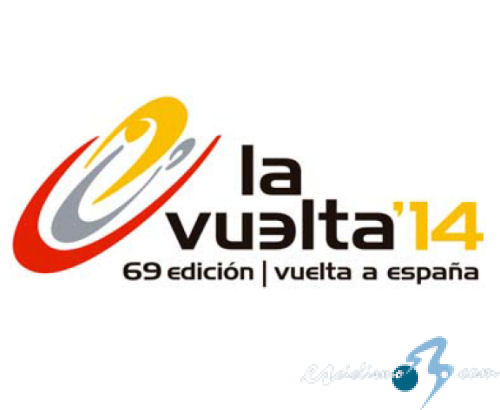Vuelta a España 2014 Overview


The 69th edition of the Vuelta a España is about to begin and as I've done a few years back, I'm going to present the route in the firsts post of this topic. Ever since (and maybe even before) the ASO took over Unipublic, the Vuelta site uses the same terrible template as all the other ASO races. It's just impossible to get a quick overview of the race or of the stages to come without having to click multiple times, so this topic should be a help for everyone who is as annoyed by that as I am.
The Vuelta tends to avoid the central part of the country, certainly in recent years. The heat, the lack of spectactors and the boring long and wide roads are simply not very suited to bike racing. Of course, the final weekend used to make up for that, with spectacular stages on Bola del Mundo and the processional final stage in the streets of Madrid. This year, even that part is skipped as the Vuelta finishes in Santiago de Compostela after 3240km and 40 categorized climbs, 3 weeks after its start in Jerez de la Frontera.
I will edit this post to include a startlist a few days before the race starts.


The 69th edition of the Vuelta a España is about to begin and as I've done a few years back, I'm going to present the route in the firsts post of this topic. Ever since (and maybe even before) the ASO took over Unipublic, the Vuelta site uses the same terrible template as all the other ASO races. It's just impossible to get a quick overview of the race or of the stages to come without having to click multiple times, so this topic should be a help for everyone who is as annoyed by that as I am.
The Vuelta tends to avoid the central part of the country, certainly in recent years. The heat, the lack of spectactors and the boring long and wide roads are simply not very suited to bike racing. Of course, the final weekend used to make up for that, with spectacular stages on Bola del Mundo and the processional final stage in the streets of Madrid. This year, even that part is skipped as the Vuelta finishes in Santiago de Compostela after 3240km and 40 categorized climbs, 3 weeks after its start in Jerez de la Frontera.
I will edit this post to include a startlist a few days before the race starts.











































